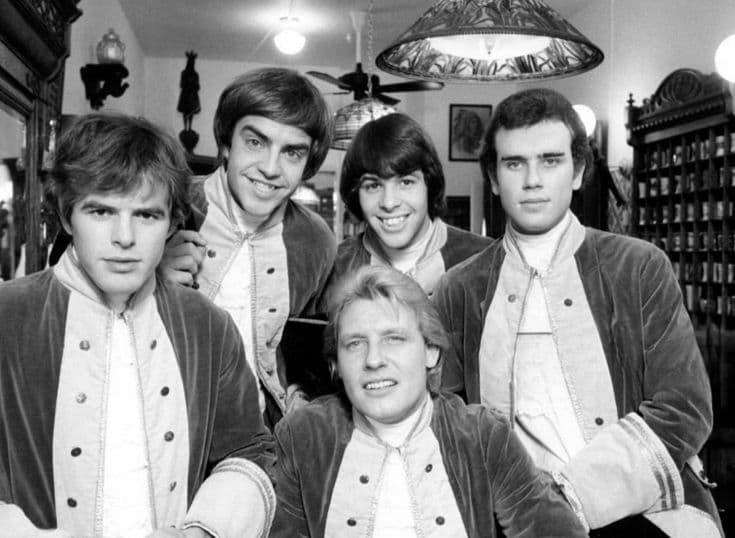
A timeless message of resilience and hope in the face of life’s struggles.
In the mid-1960s, as the British Invasion was in full swing, a band of young men in Revolutionary War-era uniforms took the American music scene by storm. They were Paul Revere & The Raiders, a group known for their high-energy, garage rock sound and charismatic frontman, Mark Lindsay. While they are perhaps best known for their smash hits like “Kicks” and “Hungry,” their 1966 album Midnight Ride holds a hidden gem that speaks to a more reflective side of the band: “There’s Always Tomorrow.” The track, which did not chart as a single but was a notable song on the album that peaked at number nine on the U.S. Billboard 200, stands out for its contemplative nature and powerful message.
The song was written by two of the band’s members, guitarist Drake Levin and drummer Mike Smith. Interestingly, it’s Smith who handles the lead vocals on the track, a rare occurrence as Lindsay was the group’s primary singer. This change in vocalist gives the song a unique, almost personal feel, as if we’re hearing a direct plea from a friend. The song’s folk-rock flavor, with its jangling twelve-string guitar, acoustic strumming, and harmonica, evokes a sound reminiscent of the era’s troubadours like Bob Dylan, but with a distinctly garage-rock energy. It’s a sound that bridges the gap between the introspection of the folk movement and the raw power of the emerging rock scene, a testament to the Raiders’ versatility and their underrated songwriting abilities.
The story behind the song is one that many can relate to. It’s a heartfelt anthem for those facing hardship and doubt. The lyrics paint a picture of someone feeling lost, alone, and on the verge of giving up. But the chorus, a soaring, optimistic refrain, provides a lifeline: “There’s always tomorrow.” This simple phrase is a potent reminder that no matter how dark the present may seem, there is always the promise of a new day, a chance for things to get better. It’s a message that resonated deeply in the turbulent 1960s, a time of social upheaval, political unrest, and personal searching for many young people. The song served as a beacon of hope, a gentle nudge to keep pushing forward even when the path ahead seems unclear.
For those of us who grew up with the music of the 60s, this song isn’t just a track on an album; it’s a time capsule. It brings back memories of simpler days and the shared experience of navigating the complexities of youth. It’s the sound of a generation trying to find its way, a generation that held on to the belief that tomorrow would be brighter. The raw, unfiltered emotion in the song’s performance, particularly Smith’s earnest vocal delivery, makes it a deeply personal and moving piece of music. It’s a song that proves Paul Revere & The Raiders were more than just a band in costumes with catchy singles; they were true musicians with a deep understanding of the human condition. They could rock with the best of them, but they could also reach into the heart of their listeners and offer a moment of quiet solace and enduring hope. The enduring power of “There’s Always Tomorrow” lies in its ability to transcend its era and connect with anyone who has ever needed a reminder that, in the end, hope is never truly lost.